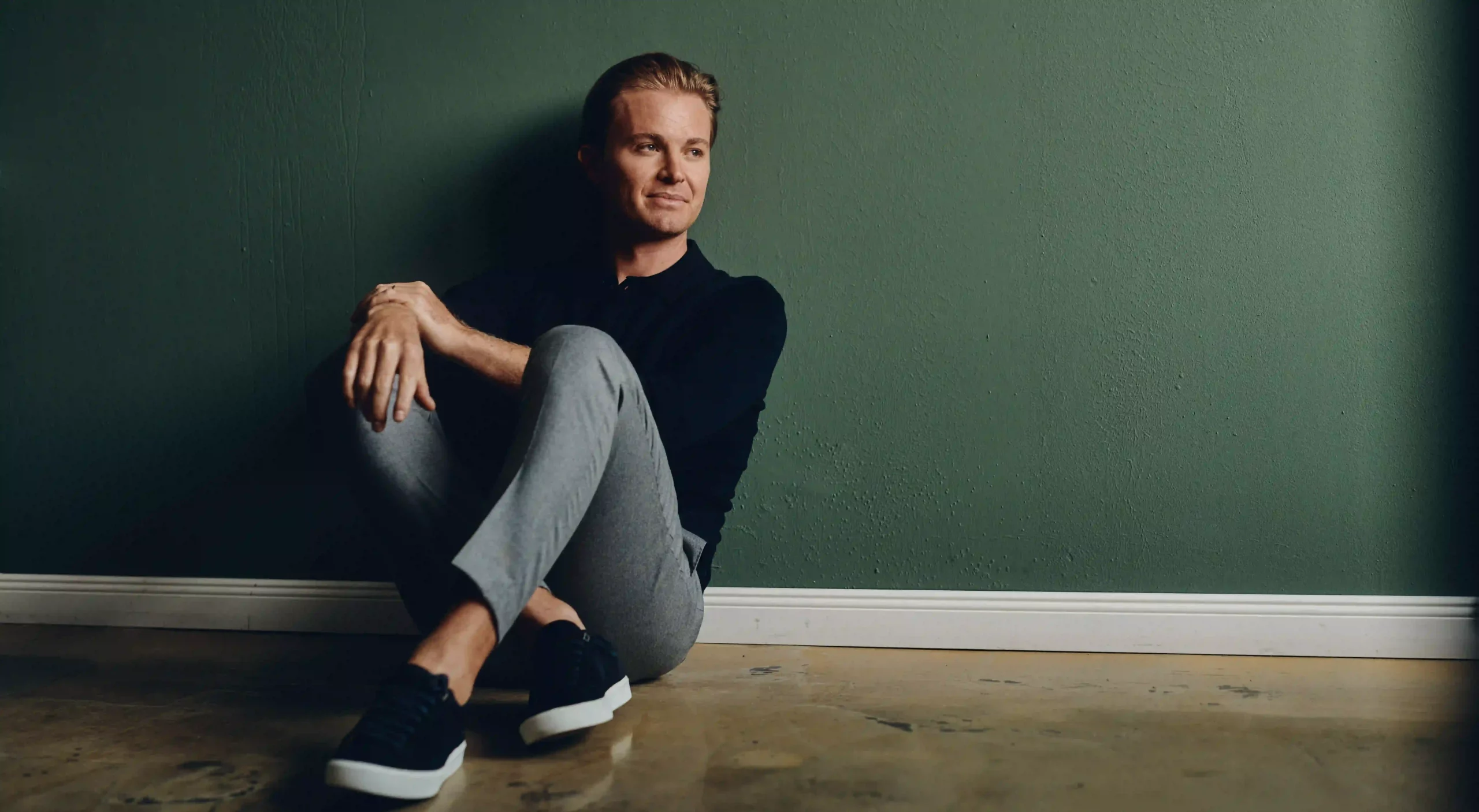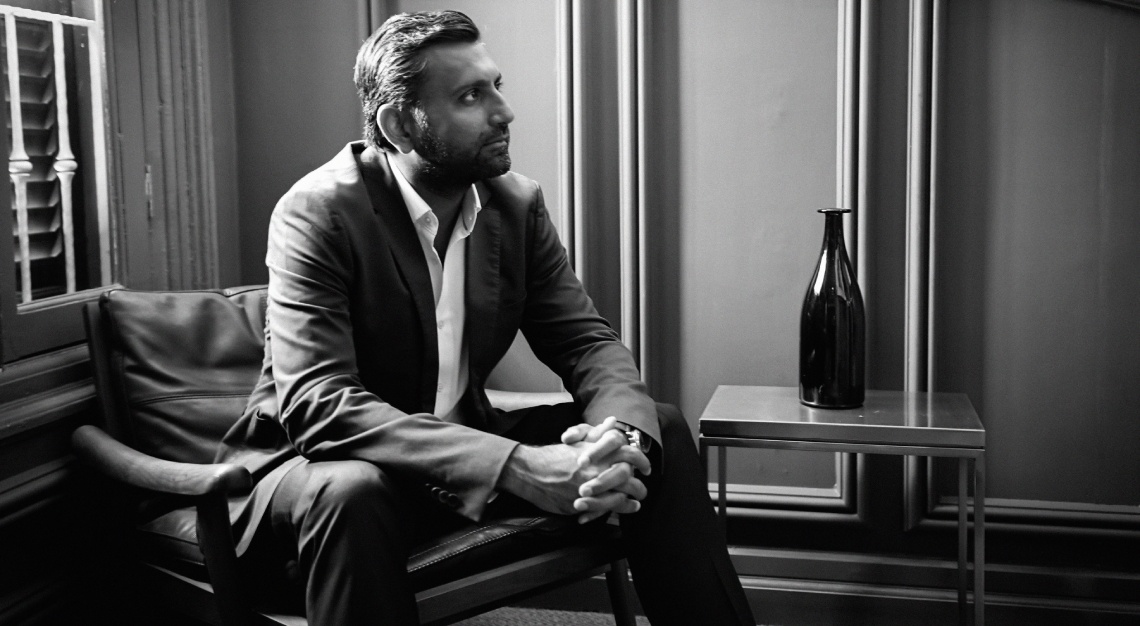Adam Reynolds, CEO of Saxo Markets (Asia Pacific), wants you to beat fear and become a better, smarter investor
Editor’s note: See other Mind Your Business interviews here.
Experienced investors understand the importance of diversification in building a strong portfolio. Modern portfolio theory is a concept widely accepted by some of the smartest and wealthiest investors on the planet, and has even been awarded a Nobel Prize. It suggests that a diversified portfolio, based on your risk appetite and investment time frame, is the key to success. It sounds simple but despite its popularity it is not easy for most individual investors to put this theory into practice.
During a market downturn, fear can easily overtake rationality. Even the most seasoned investors can become overwhelmed by the noise and get confused by varying opinions from so-called experts. Regardless of how sophisticated we are as investors, fear is a natural emotion, one which we should try to understand better. If you understand fear, you can recognise the feeling and learn to overcome or live through it—helping you become better, smarter investors.

Fear of missing out
During speculative bubbles, you hear stories of people who have invested in something and made a killing as the price shot up. These stories often lure more investors to invest in the same hot stock, fund, or cryptocurrency due to the fear of missing out. Similarly, those who have already profited from their investments often ‘double-down’ and increase their holdings, hoping the ride up to the moon will continue.
What some investors don’t understand is that in a full boom-and-bust cycle, the biggest winners in the boom often become the biggest losers in the bust. Investing only in a single, highly volatile asset is not a great long-term strategy. Just like looking out your window once a year to decide what to wear for the rest of the year—madness! Put simply, it’s a bad idea to put all your eggs in one basket.
A diversified portfolio invests in different types of assets from different regions or sectors. The goal is to avoid the single-asset risk that can catch an investor out if a company loses value sharply. Diversification reduces the volatility of returns and helps investors to sleep better at night. Additionally, diversification between higher-risk stocks and lower-risk bonds can further reduce the volatility of returns, as these assets are often inversely correlated. However, in outlier years such as 2022, stocks and bonds can both perform poorly.
How do we avoid fear of missing out? If you’re not yet invested, the best time to start is always now. The key is to avoid getting caught up in the emotional swings of the market; don’t invest your whole sum of money in one hit. One approach is to spread out your initial investment over a year by investing the same amount each month. This takes away the stress of trying to pick the perfect time to enter the market. This technique is called ‘Dollar Cost Averaging’ or DCA. By buying every month you ensure that you do not get in at the absolute high and face disappointment.

Fear of taking too much or too little risk
Another commonly used approach to diversification is the 60/40 portfolio, where an investor will invest 60 per cent of their portfolio in stocks expected to grow when the market is going well and 40% in bonds which are more defensive, and serve to protect you when the market is in a downturn. If you are younger and have more time until you need your funds you may want to take more risk and have more stocks, while those who are closer to retirement may want to take less risk and have more bonds in their portfolio.
Reducing your portfolio’s volatility through diversification involves allocating more of your investments to lower-volatility investments like bonds and less to higher-risk assets like equities. This will reduce losses but also reduce your gains when compared to the stock market or more aggressive investments. Typically, when the finance industry talks about conservative portfolios, balanced portfolios, and aggressive portfolios, they are referring to the mix between bonds and stocks. It can be difficult to decide which type of portfolio is appropriate for you, as you need to anticipate how you will feel if your investments go down in value.
How can you understand your risk profile better? Your ability to take risk depends on a number of factors, such as your age, investment time horizon, objectives and goals, and your financial situation. Generally, the younger you are, the higher your ability to take risk. The shorter your investment time horizon, the lower your ability to take risk. The more money you have, the higher your ability to bear risk.
Risk tolerance is how much risk you would like to and are comfortable to take in the long run. When markets are volatile, do you prefer preserving capital or do you aim for higher potential returns? Loss aversion determines how comfortable you are when losses occur on paper in your portfolio. Do you experience more fear when experiencing losses than the satisfaction you experience when making gains? Are you more prone to sell if the market drops sharply or would you hold or even invest more to take advantage of the lower prices. If you feel losses more than gains and are likely to sell out, most likely you are loss averse.

Fear of doing it alone and making mistakes
Of course, tailoring a portfolio to your risk appetite can be challenging. As more investors grow their wealth today, they may not want to do it alone, but would equally like to seek advice and support outside of the traditional services of private banks and wealth management firms.
How do you find the right level of support in your journey to grow your wealth? That’s where smart digital wealth solutions come in, particular ones with a tiered approach that can help you in a way that is just right for you and your stage in life. One advantage of using a digital financial adviser is that it’s typically less expensive than a human financial adviser. A digital wealth solution can also be more dynamic with auto-rebalancing and smart features like Portfolio Protector; these things cannot be done by a human adviser unless you are their only client. By working with digital wealth solutions you can build a portfolio that is appropriate for your risk tolerance, time frame, and financial goals.
Whether you have S$25,000 or over a million to save and invest, you can decide for yourself how much you want to be in control and where you require digital or in-person support. Once you have a well-diversified portfolio in place, you’ll be well on your way to achieving long-term wealth and building yourself an amazing future.
Saxo Markets is a global leader in smart trading and online investments, with extensive and comprehensive research facilities, and an API interface






